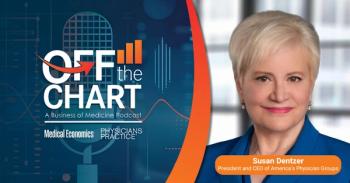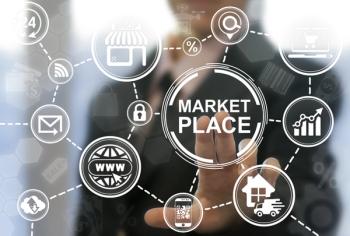
Medical Practice Purchases: Health Reform Creates Déjà Vu
No matter the fate of healthcare reform, hospitals buying up private practices will continue, to the detriment of physicians and patients.
On the west central coast of Florida, where I practice cardiology, an interesting phenomenon sprung up in the early 1990s. The role of HMOs was steamrolling across the country and private medical group practices were feeling anxious about their ability to contract successfully with this new healthcare delivery model by themselves. In order to skirt self-referral and anti-kickback rules within "Stark I" laws, medical service organizations (MSOs) sprung up across the medical landscape.
Stark I was part of the Omnibus Budget Reconciliation Act of 1989 (OBRA 1989). Physicians could not meet and decide on pricing of their services without running afoul of the law. Private enterprise took note of this, and soon a host of companies, like Caremark, PhyCor, and MedPartners, went out and bought group practices at exorbitant prices. These Physician Practice Management (PPM) companies saw the future and it looked like corporatizing medicine was the pot of gold at the end of the rainbow.
Trading on the public stock exchanges, shareholders started to demand greater profits that never materialized. As any physician in private practice will tell you, the best way to make a doctor less productive is to give him a bunch of money and then place him on a salary. MedPartners announced that they would suffer a net loss of $841 million for the 4th quarter of 1997, and not surprisingly MedPartners exited the PPM business by 2000, selling doctors back their practices.
Also consider the history of PhyCor. When it bought physician practice assets, it had doctors sign a 40-year deal for the company to manage the practices. But the company itself died at the tender age of 13. In a 2001 Securities and Exchange Commission filing, PhyCor reported that it had sold the last of its multispecialty clinics. It later sold its IPA businesses as well. The company used the money to pay debt. It missed a $4.4 million bond interest payment in February 2001, and ultimately filed for bankruptcy in July 2002.
"Them seeking protection would not come as a surprise to anybody," said Todd Richter, (in 2001), an analyst at Banc of America Securities who had followed PhyCor. "They are the last company in that space of their era that hasn't sought protection.
"They operated a flawed business model. It's difficult for a company to do well at the expense of its doctors," he added.
From 2005 to 2008, the number of physician-owned private medical practices has been dropping from around 66 percent to less than 50 percent, and researchers said the trend would continue downward.
My field of cardiology has been particularly hit hard. According to a 2009 survey by the American College of Cardiologists, more than 50 percent of cardiologists in the U.S. had joined forces with their local hospital. That percentage is even higher today. There are many factors driving this historic exodus from private practice. To mention just a few, consider these: the declining Medicare rates of reimbursements for cardiology procedures (versus rising reimbursements to hospitals for the same procedure) over the past decade, increasing legal and salary costs of maintaining a private practice as a small business, and increasing unfunded federal mandates such as the electronic medical record, OSHA, and EPA requirements.
About 20 years ago, I recall a medical consultant saying this about hospitals acquiring medical practice: “If you want a hospital administrator to run your medical practice, he will –– right into the ground.” If you think that may be an overstatement then consider how efficiently a hospital runs and bills for its services.
Now added to the alphabet soup of acronyms is the ACO (accountable care organization). As part of the Affordable Care Act, this lets a group of doctors, and other providers, take full risk of insuring a given population. Incentives will be given for adherence to evidence medicine, guidelines, etc. Sounds to me a lot like a full-risk HMO contract that claims to hold down medical costs by eschewing excessive tests and procedures. In theory, this is a laudable goal. In actuality I have seen it lead to rationing of care for the sake of profits.
So from my vantage point, what is happening now is as the saying goes, "déjà vu all over again." Doctors bit on the temptation once, 20 years ago for a buyout and are doing so again. The buying entities have changed from a practice management company to a hospital but I am betting the outcome will be the same - buyer’s remorse, unhappy doctors, and patients. Let’s hope that I am wrong.
Find out more about David Mokotoff and our other
Newsletter
Optimize your practice with the Physicians Practice newsletter, offering management pearls, leadership tips, and business strategies tailored for practice administrators and physicians of any specialty.








